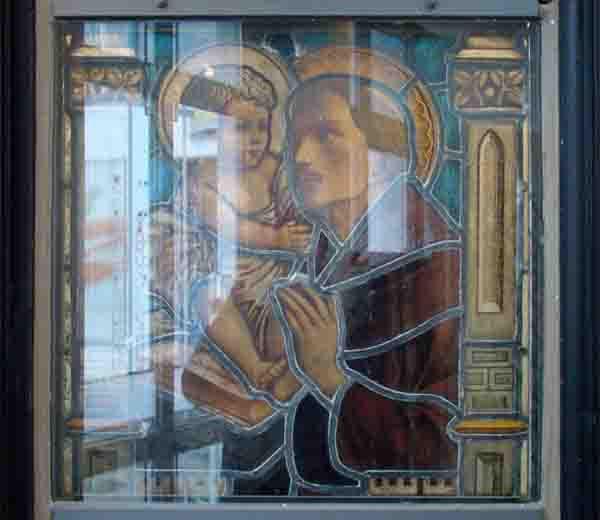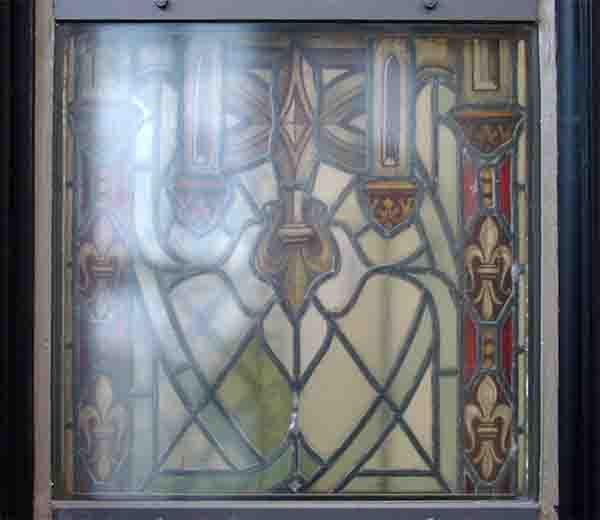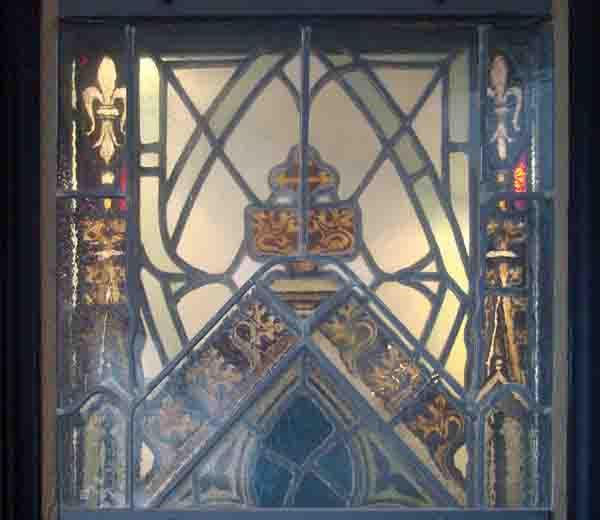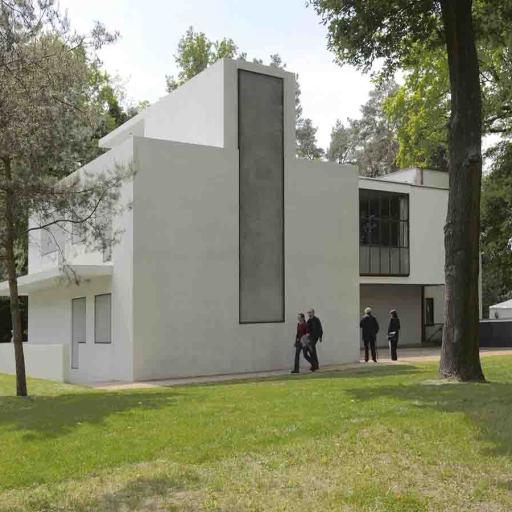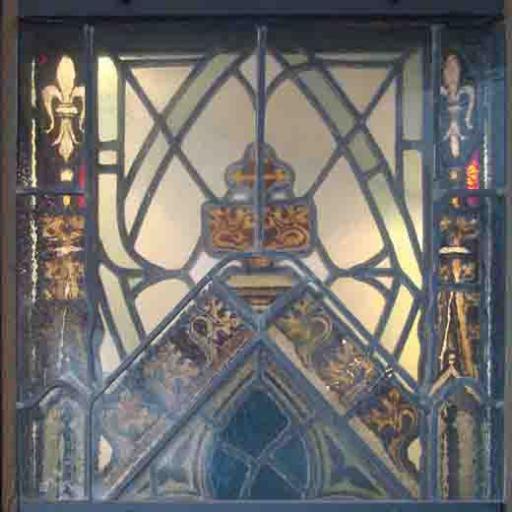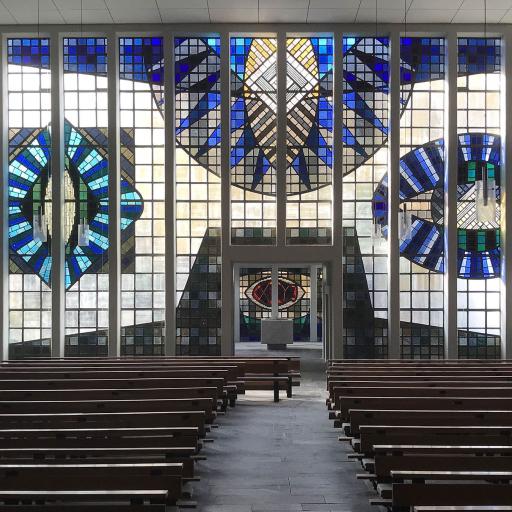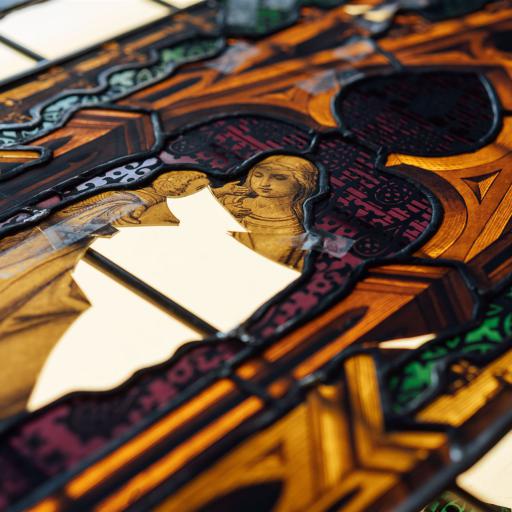PROTECTIVE GLAZING
Stained glass represents a special form of cultural asset, since, unlike a painting, it also fulfils a constructive task in a building and is artistically designed.
However, it is precisely this task of windows as an interface between the exterior and the interior which frequently becomes a curse for glass painting. If the temperature cools outside and the indoor air has enough moisture in it, on the painted inner surface of the window it will fall below the dewpoint and condensation will form. The condensate has the ability to attack glass and stained glass, which can increase in combination with contamination. Corrosion caused by the weather can also occur on the outside of the window. Glass constituents or constituents of the paint layer are leached; gaps are formed in the structure, the material becomes more porous and future hydrolytic decomposition accelerates. In short, the glass and the painting are destroyed. As a result, there are compact deposits of corrosive products which cloud the glass and even darken it completely, paint layers fade, dissolve or are completely lost.
It is, however, possible to present the glass painting in its usual place again. However, an intervention is needed that moves the glass painting away from the weather influences into the church interior and installs a so-called protective glazing. This is located on the outer side of the window and from now on does the job of a weather divide, with condensation gathering here in the future. The stained glass pane is now located a few centimetres closer to the church interior, in front of the protective glass. Extensive scientific studies have proven the effectiveness of protective glazing and the observer hardly perceives a change in the view from the inside.
However, in the interest of the preservation of precious glass paintings, the impression of the building when viewed from the outside changes. We have years of experience in developing a diverse repertoire of protective glazing, so that there is something for every requirement. In addition to the protection against corrosion, protective glazing can also provide protection against vandalism and further pollution. Furthermore, protective glazing is possible in a wide variety of appearances and designs, for example as single-pane safety glass, laminated safety glass or insulating glazing with an anti-reflective, rough, profiled or carbon-doped surface. The adaptation and modification of the installation situation as well as the preparation of the fields for the planned protective glazing and the preparation of various condensate collection and removal systems are of course part of our tasks. Protective glazing is currently the ideal solution for museums' presentation of fragile glass paintings in their installation site from a conservation point of view.
There are different measurement techniques for monitoring the effectiveness of protective glazing. However, these are often associated with a further financial burden, scaffolding, surface-mounted cable laying and personal-intensive evaluation, or are only possible on a point-by-point basis and thus not representative. For this reason, protective glazing is sensibly installed, but its functionality is not further monitored.
We appreciate and are happy to be involved in a research project in which, by 2016, the iXtronics mechatronics company is developing a compact, self-sufficient, cost-effective sensor system for the acquisition and transmission of meaningful data

